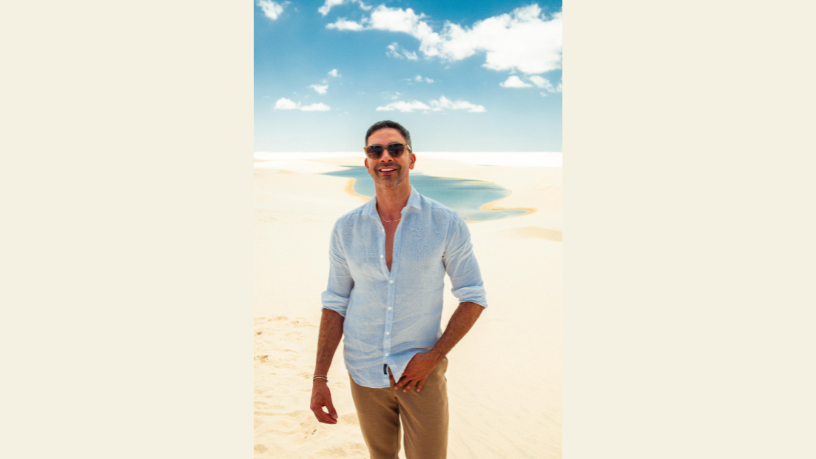Violence against the elderly is a silent reality that affects Brazilian society on multiple fronts. According to Paulo Henrique Silva Maia, PhD in Public Health from UFMG, the first step in addressing it is recognizing its existence and understanding its various forms. The invisibility of this violence often stems from the normalization of abandonment, disrespect, and daily neglect faced by older individuals, even within their own families.
Although full protection for the elderly is enshrined in law, it faces cultural, structural, and institutional barriers. Official data do not reflect the full scope of the problem, as many cases of abuse go unreported. Below, learn how society can combat the invisibility of violence against the elderly.
Recognizing the Forms of Violence Against the Elderly
To combat invisibility, it is essential to recognize the different types of violence that affect the elderly. Physical aggression is the most visible, but not the most common. Psychological, financial, institutional abuse, and even neglect—when there is a failure to provide basic care—are also prevalent. According to Paulo Henrique Silva Maia, most cases occur within family contexts and tend to remain hidden due to fear, dependence, or shame.
The normalization of these acts contributes to their invisibility. When society ignores these silent cries of pain, it denies the dignity of aging. That’s why it is crucial to spread awareness on how to identify signs of violence, such as behavioral changes, loss of appetite, recurring injuries, or confused speech.
Education and Awareness as Prevention Tools
Respect for the elderly must be instilled from the earliest stages of education, promoting aging as a natural and dignified part of life. According to Paulo Henrique Silva Maia, combating ageism is a key step in breaking the cycle of exclusion that sustains violence. Beyond schools and the media, education must also reach professionals who work directly with the elderly. Health agents, social workers, caregivers, and teachers need to be trained to recognize signs of abuse and guide support networks effectively.

Strengthening Public Policies for Elder Protection
Expanding access to reporting channels, such as Disque 100, and ensuring that responsible institutions—like Elder Councils and Public Prosecutor’s Offices—are equipped to act swiftly and efficiently is necessary to break the silence and protect the most vulnerable. Paulo Henrique Silva Maia highlights that services such as community centers, free psychological care, and shelters should be valued as tools for prevention. The State’s presence must be firm and humanized to ensure that no elder suffers in silence.
The Community’s Role in Protecting the Elderly
Society plays a decisive role in building a culture of respect and care. Neighbors, friends, and community leaders should feel encouraged to observe and report suspicious signs of abuse. Paulo Henrique Silva Maia emphasizes that community involvement is one of the most powerful forces in breaking the cycle of invisibility.
Many elderly people want to speak up but feel their complaints are not taken seriously. Creating spaces where they feel welcomed and safe to share their experiences is a concrete action that can save lives. Support groups, intergenerational activities, and social integration programs should be encouraged in community centers, churches, and local associations.
Possible Paths to a Fairer Society
Violence against the elderly is a collective failure that compromises everyone’s future. To overcome the invisibility surrounding this issue, society must adopt an active, empathetic, and ongoing stance. Investing in education, strengthening public policies, encouraging reports of abuse, and promoting active listening are essential steps toward change.
According to Paulo Henrique Silva Maia, a society that respects its elders strengthens values such as empathy, dignity, and solidarity. Protecting those who have aged is recognizing the value of history, experience, and life. The fight against violence requires unity, vigilance, and, above all, a commitment to building a safe environment for all stages of life.
Author: Eura Tymal







